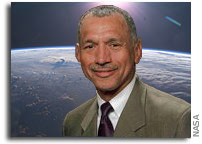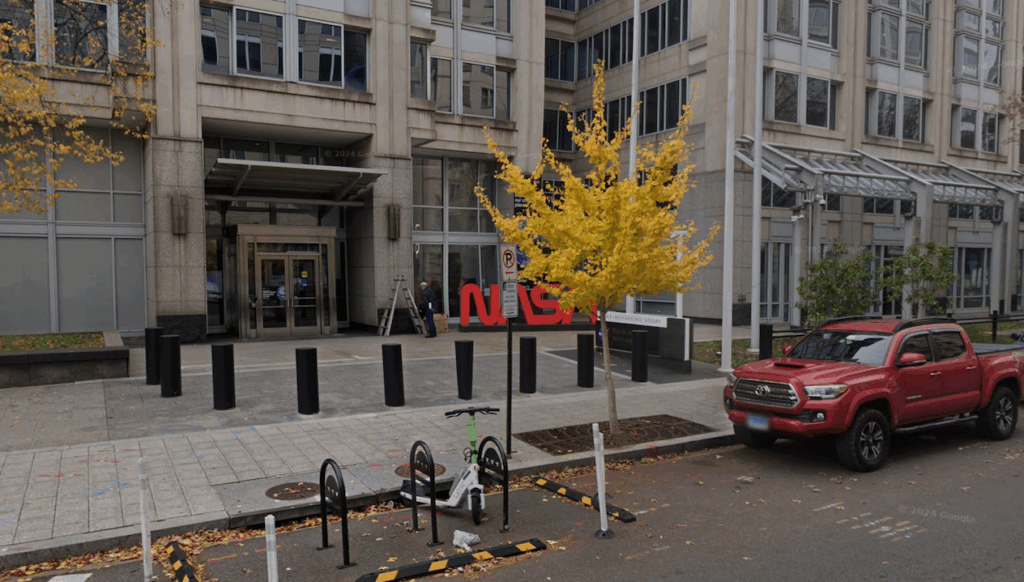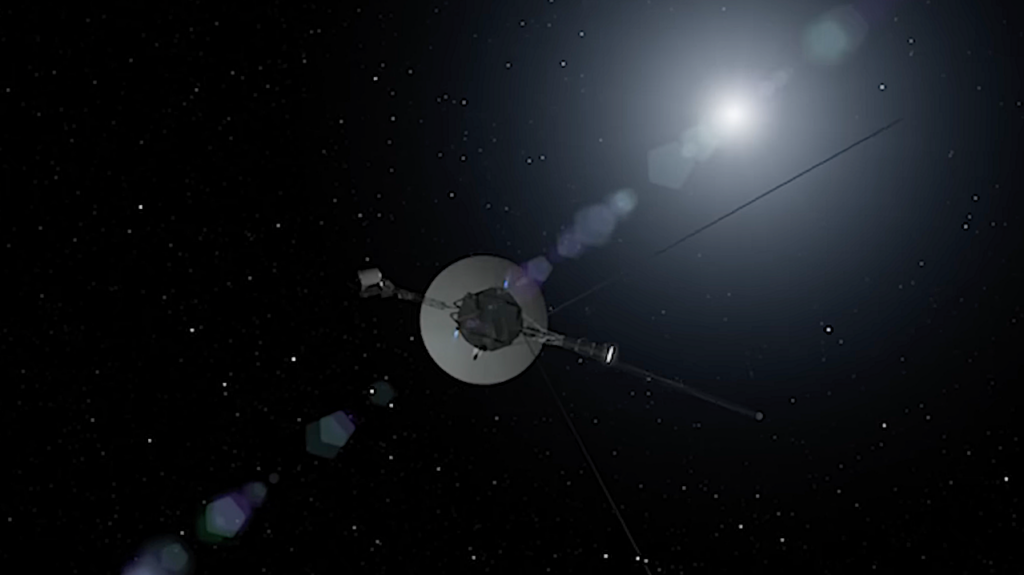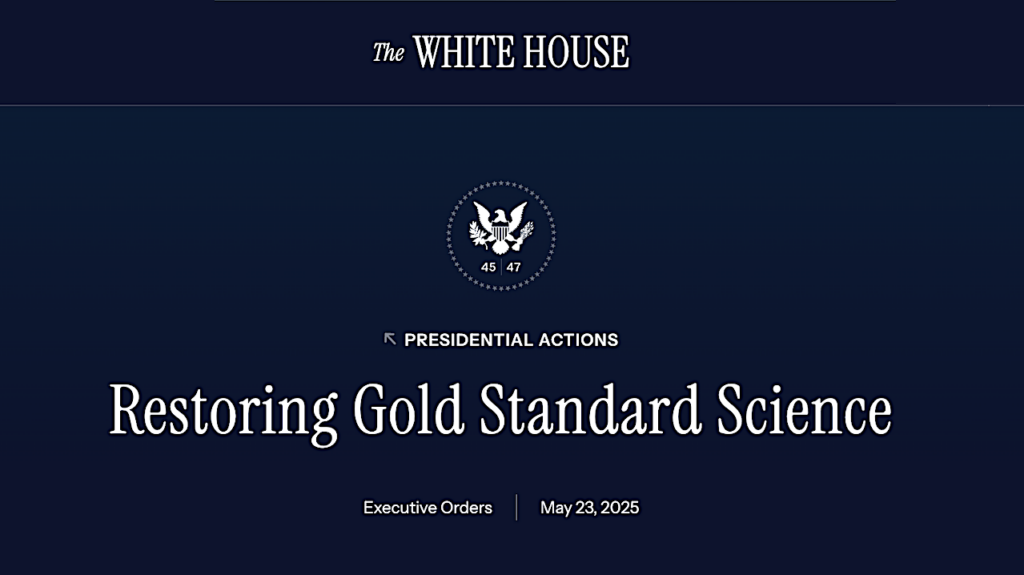Bolden Addresses Council on Foreign Relations

Remarks by NASA Administrator Bolden to the Council on Foreign Relations 12 November 2015
“When I was the age of many of you, much was made about the fact that our country was in a “space race” with the Soviet Union. Today, a child who is 15 years old or younger has lived every day of her or his life while human beings from multiple countries are living and working together in space aboard the International Space Station. I maintain that the Space Station ought be considered for a Noble Peace Prize. Think about this: tens of thousands of people from across 15 countries have been involved in its construction and operations all working toward common goals of discovery, understanding, and human progress.”
 Keith’s note:Comments (below) by James Van Laak are well worth reading when trying to understand how ISS got here – and where it came from i.e. Space Station Freedom.
Keith’s note:Comments (below) by James Van Laak are well worth reading when trying to understand how ISS got here – and where it came from i.e. Space Station Freedom.









While I get that the 15 year anniversary is important to those who have only worked on ISS for the last 15 or 20 years, fact is the program started a lot earlier than that, almost 32 years ago. Much of the design was completed and even a lot of the manufacturing back during the Freedom phase and before the “revamped” Alpha that became the ISS that started in 1993. ISS mainly dumped a couple of modules in favor of the Russian Mir backup. And the Mir Orbital Station, which operated for just as long as ISS has, and which had an equal number of countries involved, including an equal number of people visiting from multiple countries, means that people have been living and working internationally up in orbit for 30 years, not just the 15 year manned “operational” phase of ISS. To select that 15 year time period ISS has been operating with people as the basis for some sort of award seems a bit of a stretch and maybe not just a little chauvinistic.
Since the Soviets/Russians did it first, I’m not sure why ISS deserves the award. Maybe someone can explain it for me? I know the ISS bunch like to think that what they are doing is different, but mainly its just bigger, more complicated and a lot more bureaucratic. Maybe ISS deserves an award as the most expensive, most bureaucratic project to ever function? BTW was there even a celebration by NASA or the ISS Program of the 15 year anniversary this month? I don’t remember seeing anything about it.
I worked on it from 1990-1994.
My, how quickly we forget. Having worked on Freedom, been a big part of the transition to Alpha, co-led Shuttle-Mir, and then led the first 3 years of ISS assembly, it is distressing to see how the ISS story is so enormously misunderstood.
Freedom made a lot of progress on many pieces and parts, but the program was burdened by some very serious leadership problems, largely based on the structure that made the individual centers too independent of Level 2 leadership. Keith knows all about that. For many reasons there were cost and technical problems that kept slowing development.
In 1993 President Clinton decided that his program to balance the budget was incompatible with Freedom and said he would cancel it. Dan Goldin was able to negotiate one more redesign to try to dramatically reduce costs and increase the value of the program. During the same time an increasing number of people pushed for including the Russians. In the end it was this decision to bring the Russians in that saved the program. It also allowed the “inside out” assembly that resolved some serious issues with the old Freedom approach.
Mir was nothing like ISS despite having the same structural center. To say that it was international is to say that the states of the USSR were autonomous countries, which they certainly were not. The Russians ran the Mir as their own station and had some “guest cosmonauts” fly for very short periods. The US failed to understand the limited way these foreigners participated until we put our astronauts on the Mir. It was an extremely painful learning experience.
ISS is vastly more complex and capable than Mir ever was, but that is not the reason it deserves the Nobel Peace Prize. At the beginning of the program the US and Russian had almost no interaction. By the time we put a crew on board we had to be able to work together very well, both in engineering issues and in managing the crew. Along the way we had to overcome the enormous emotional and societal obstacles that kept us apart.
All of this is painfully clear to me as I complete a book on this period. The number of people on both sides who worked tirelessly to bring the program together seemingly was only slightly larger than those who did their best to prevent it. Those who were there know of engineers, managers, astronauts, cosmonauts, flight directors, and others who did not make the transition. They were unable to accept that the cold war was over and it was out job to work together.
ISS and its team are far from perfect. IN that they mirror the humans who make up the program. But they have achieved something that is nothing short of amazing while dealing with deep personal, emotional, and often public conflicts.
To have simply survived 15 years of this incredibly dynamic and challenging work is a miracle. Those who were there in the trenches remember the countless crises when people did not want to cooperate, when the hardware and software conspired to threaten the station, and when politicians lost their stomach for the work. Now that its survival is evident, the new challenge is to grow the new processes and leaders who can make it more effective as a research tool.
And while it is certainly expensive and bureaucratic, it has also been extraordinarily safe even while conducting breakthrough activities in countless areas. After all, when was the last time you built a complex system in flight? Mir was assembled from autonomous elements that could survive more or less independently. ISS passed that threshold when the SM docked to the FGB. Everything after that required that the integrated system continue to function at a very high level of performance. And it has with only short periods of difficulty.
The Soviets/Russians had several “campaigns” with ESA and ESA astronauts. In fact these started long before Mir on the Salyuts and continued on Mir. These were in addition to the Intercosmos crewmen who came from Eastern block countries that Jim refers to, and in addition to the first paying tourist astronauts from England and Japan. So I am not so quick to dismiss the Soviet/Russian international program.
Many of the NASA “managers” did not make the transition from Freedom to ISS simply because Dan Goldin, NASA Administrator, dictated that no SESs working on Freedom would be permitted to work on ISS. One of the great deficiencies of the program today is the noticeable lack of visible or vocal support by the top program leadership from prior to 1993, and if you talk to many of them you’ll find they still, 23 years later, have a bad taste leftover from their overthrow and elimination from the program. I find today that program management often has no understanding of how and why the program was established originally. When a program, like ISS, fails to embrace its prior personnel and experience or hstory, I do not see that as an achievement.
Yes, there were turf and intercenter rivalries in Freedom due to poor management structure. I think that was largely resolved when Boeing bought out all the other contractors. It was not due so much to NASA or NASA management. And yet, throughout the 1990s, the ISS managers still could not get their act together to get the first elements into orbit for far too long.
As Jim should know too well, there was not a successful transition of most personnel or lessons from NASA-Mir “aka ISS Phase I” to ISS Phase II. Those were expensive lessons that were never learned and were themselves devisive turf battles from the late 90s right up through recent years. That was due solely to deficient NASA management.
From my own observations, the main reason the program continues to suffer today with a lack of viable, important, useful research is the failure of the ISS program to embrace and support the research projects that had been carefully cultivated in the earlier programs. ISS threw away decades of NASA supported research. ISS cut funding for research and academic programs because they needed the money to support “their own” bureaucracy.
The survival of ISS during the challenging 15 year to date assembly and subsequent operational phase is a great achievement, given the management problems and the bureaucracy and these have been in part responsible for the continuing exorbitant cost and the sad, deficient use of ISS to date.
The technology of ISS was never that sophisticated or difficult to operate or use. The potential of ISS has never been greater. The deficient use of ISS has been a tremendous loss resulting from poor management.
So sure, ISS is a great achievement. After all, it is the biggest, most massive thing ever in orbit, assembled by more launches than anything ever required previously and its the most expensive thing ever built. But I think ISS could have been far greater. About the only thing I saw for the 15th anniversary of operations, was a list of the 15 greatest ISS achievements, and most of these could be placed in the category of spin offs or incidentals.
As it is, ISS has now run for 32 years, and may not last for more than another dozen, so its beyond its mid-point and its life may be rapidly coming to a close. That to me is sad and reflects on the program, because its modular, updateable design was originally developed so that the station could last indefinitely. Yet management is still trying to figure out how to use it.
So is ISS in the running for a Nobel Prize because of its size, expense, and the complexity of its management? That is beyond my pay grade.
You make some excellent points. However I still believe that ISS or a similar LEO station should be occupied indefinitely. It’s up to us to find ways to use it productively.
Given the cost and the time it took to get it built, yes, you would think that keeping ISS going, expanding on its capabilities and utilization, and at the same time simplifying operations and lowering costs would be the plan. However the operating cost has not come down significantly and NASA management says they cannot build a Mars vehicle if they also have to support ISS. There is also now very limited capability to launch and return major elements since in their infinite wisdom management decided there was no need for a Shuttle beyond the original assembly. Given their history of shutting projects down without coherent plans for their replacement, I would not be too surprised to see the program curtailed as soon as they are able.
If we ourselves see no practical value in maintaining a foothold in LEO, how can we possibly persuade the taxpayers that it is worthwhile to do so on the Moon or Mars, where the cost will be much greater?
If we abandon the ISS, we will not be stuck in LEO. We will be stuck on the ground.
“But I think ISS could have been far greater.”
James, Neal, Daniel, and others–
As a non-scientist, non-engineer space geek I appreciate the comments and recollections of those deeply involved in these admirable achievements. Perhaps you could expand a bit? What comes to mind when you wrote it could be “far greater”?
Recall the Space Health Grand Challenge:
“Eliminate or mitigate the effects of the space environments on human physical and behavioral health…”
It does not say “ignore the issue and go to the moon for 28 day missions.” The first crew will spend a year in space soon. The centrifuge was cancelled…Demonstration of technology of deep space exploration at ISS was not funded…
The ISS could hold dozens, possibly hundreds, of passive and active earth sensing systems getting simultaneous data of every kind, using standard mounting and interfaces and modified or replaced as often as new ideas arise. New sensors could be shipped on existing logistics flights at a small fraction of the cost of putting similar capability on free flying satellites.
Mr. Bolden makes the excellent point that the international character of the ISS is a large part of its value. As he has said before, closer collaboration with China would help to reduce tension and hostility between the two nations that will be the world’s superpowers for the next generation. The ISS needs new partners with deep pockets and man-rated rockets. It only makes sense to invite China to join the International Space Station Program.